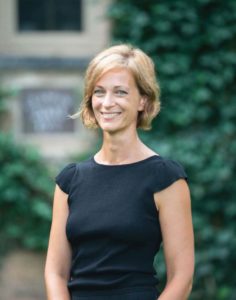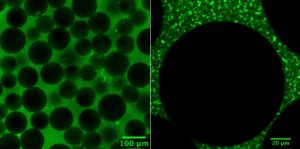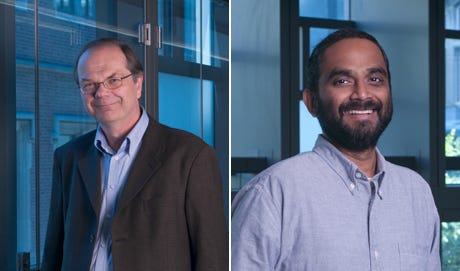Penelope earned her Ph.D. in Bioengineering in 2006. She is now Associate Director of STEM Initiatives at Princeton University.

“My time at Penn spoiled me for many job experiences that followed. The Institute for Medicine and Engineering (IME) was collaborative, familial, and stimulating. During my Ph.D. work, I felt simultaneously nurtured and challenged. Most credit for this prolific phase of my career is due to the members of Dr. Paul Janmey’s laboratory during my tenure at Penn – starting with the big man himself. My research mentor promoted a research experience that centered on respect for others, not only within our field of study but also outside the academy. Respect meant the expectation of forming strong relationships and collaborations and having reverence for scientific experts and practitioners alike. The foundation of the lab’s ethos was collaboration for the greater good.
Dr. Janmey set the tone for lab members to hold each other in high regard and to be team players. I would not have been as successful without this support. Beyond the lab, the IME at the time had a remarkable staff assistant in Marvin Jackson who was central to promoting camaraderie across the Institute. Marvin was a critical presence in the IME and I believe that many scientific collaborations were made possible due to the environment he cajoled.
Outside the IME, some the most meaningful moments of my Ph.D. studies came from traveling outside the U.S. to collaborate internationally. I was fortunate to travel as close as Mechanicsville, PA and as far as the Czech Republic to attend meetings, perform experiments, and make connections with colleagues. Through travel and meeting many different types of people, I learned the culture of being in academia and developed a broader view of scientific research.
As of recently, my career has focused on pedagogy in higher education. At Princeton, I serve within an entity that has a central mission of improving science and engineering literacy for all its constituents: the Council on Science and Technology. I develop new science and engineering courses and introduce interactive research-based teaching methods into these courses. I am involved in policy issues on STEM education at Princeton and beyond. The skills I learned at Penn that are critical to my current position are to recognize problems and design innovative solutions and the ability to communicate and collaborate with researchers across many disciplines. I am very grateful to be an alumna of a remarkable program.”


